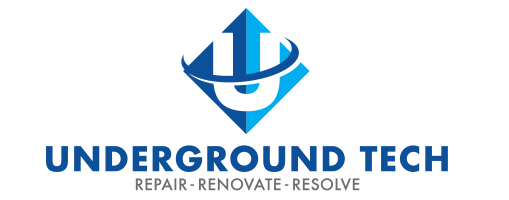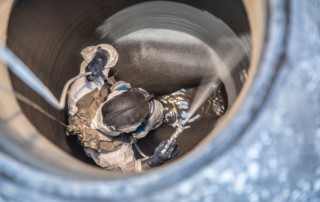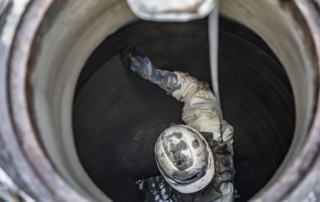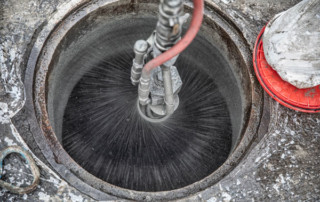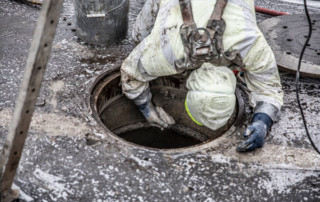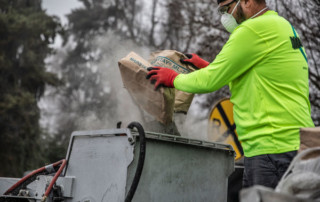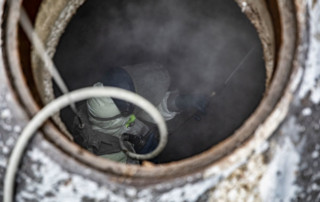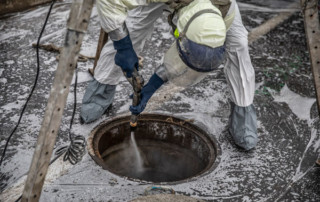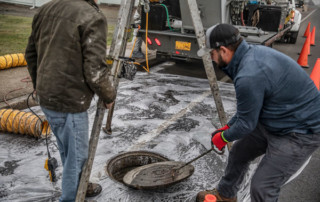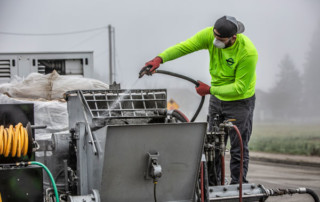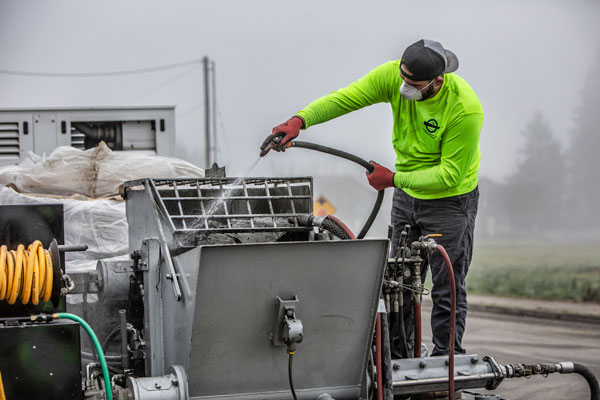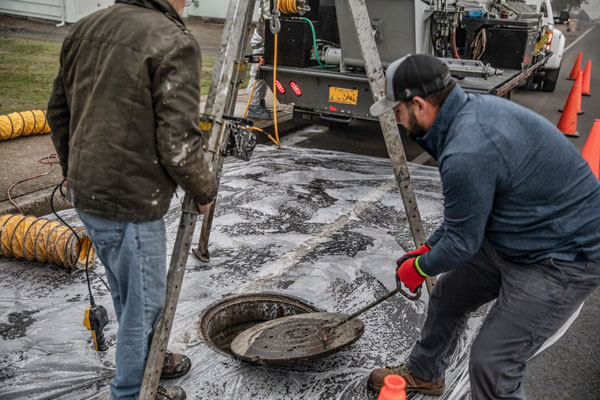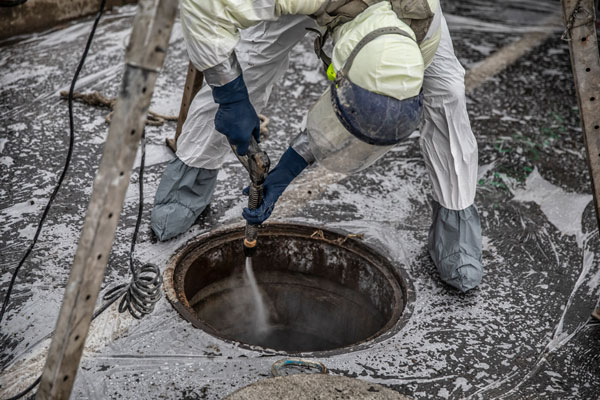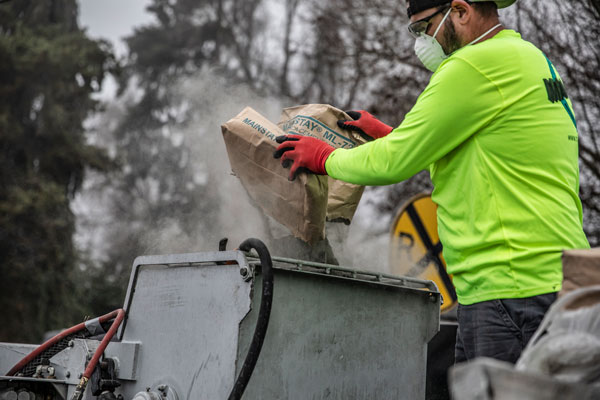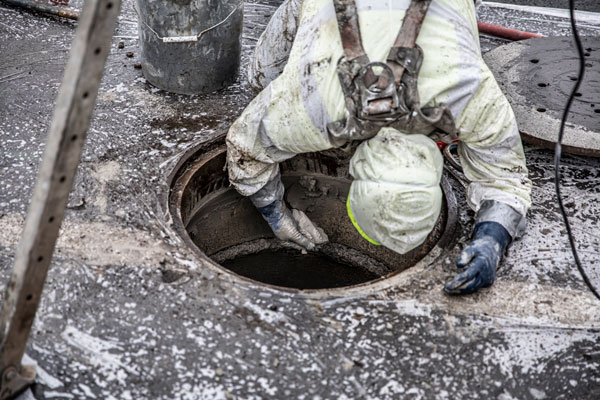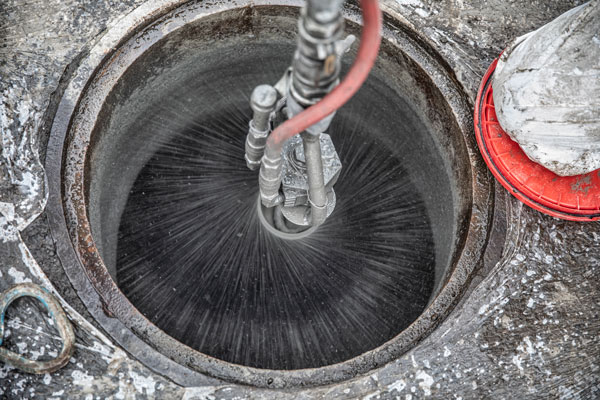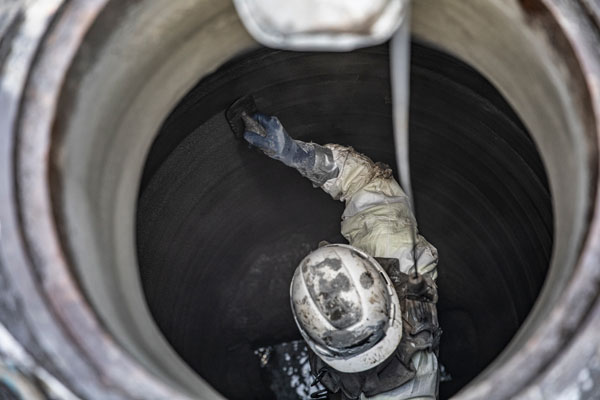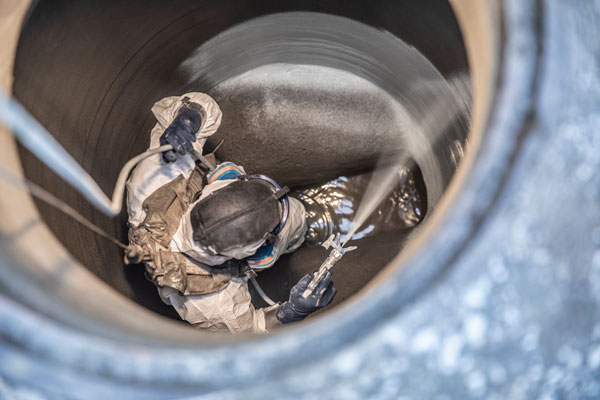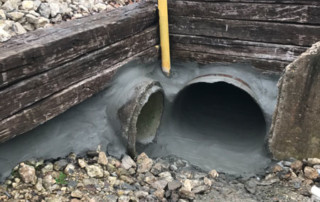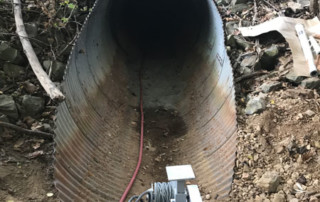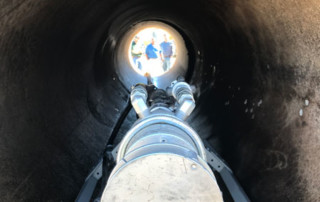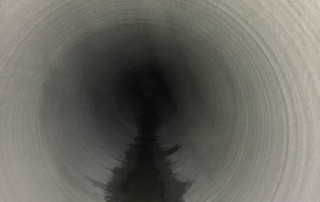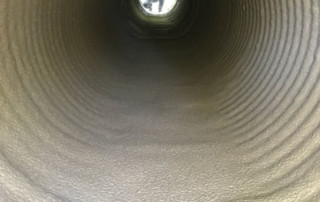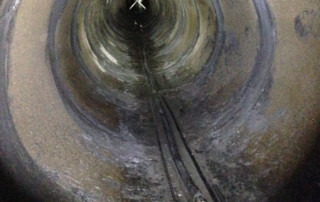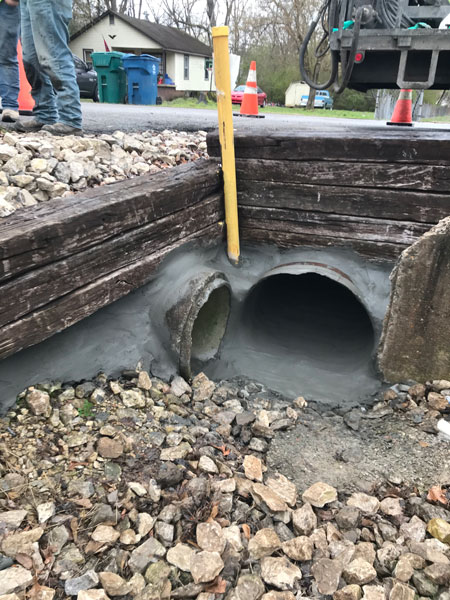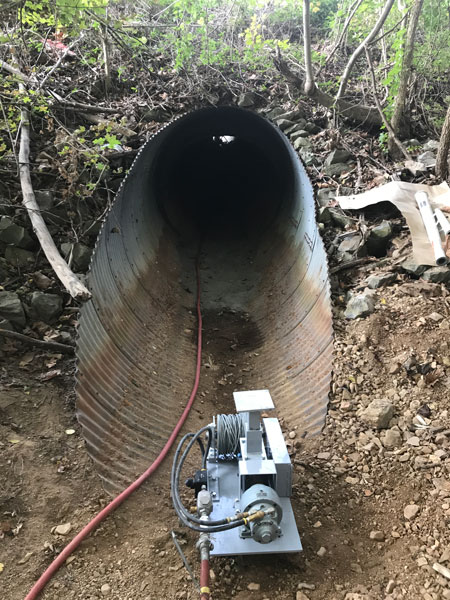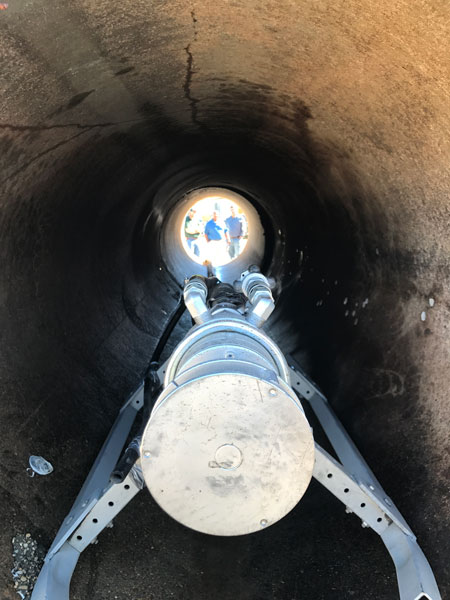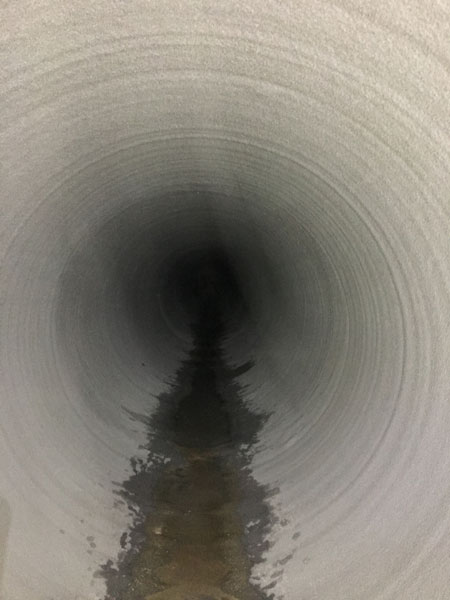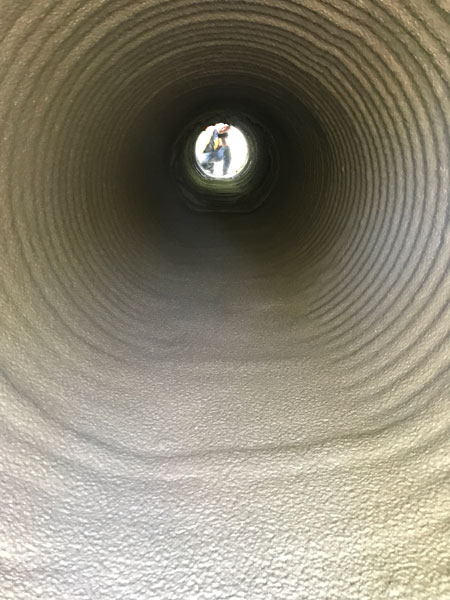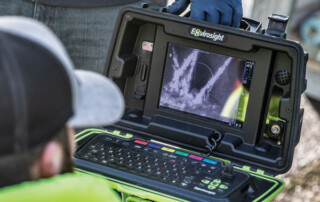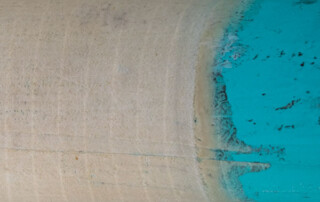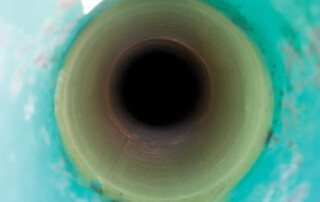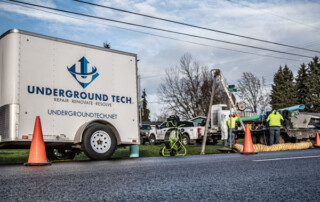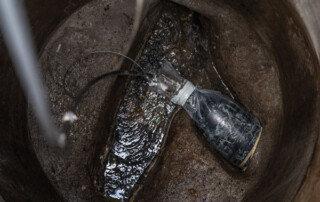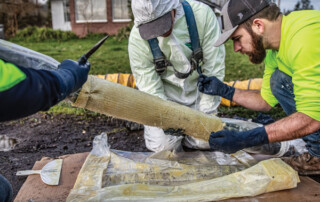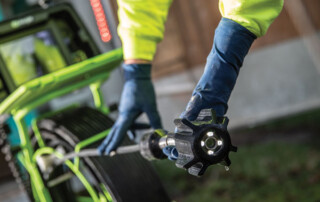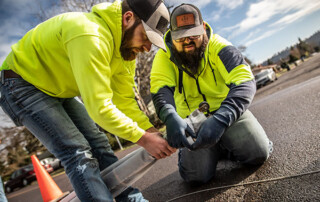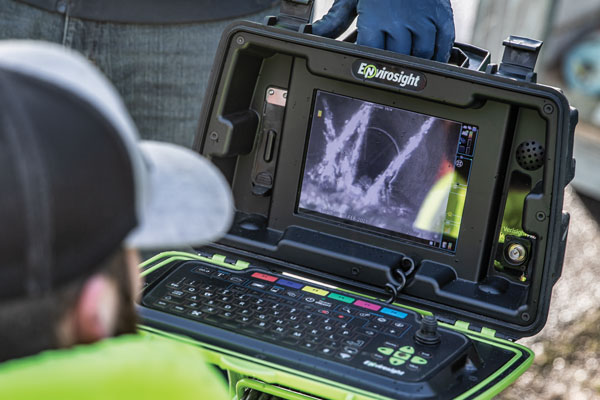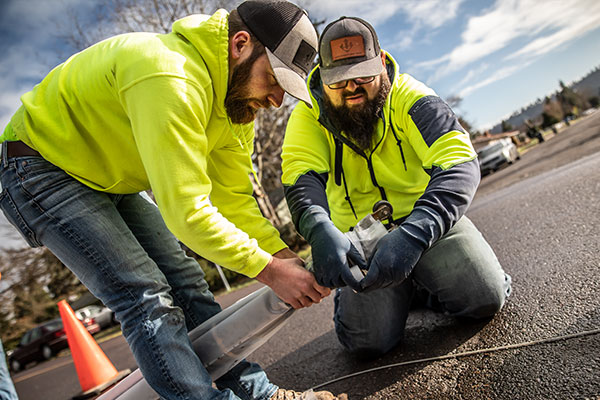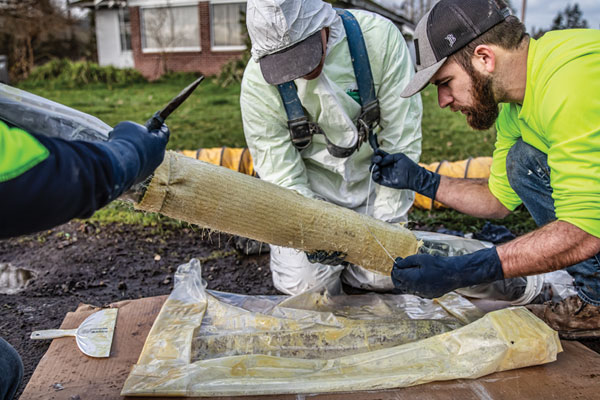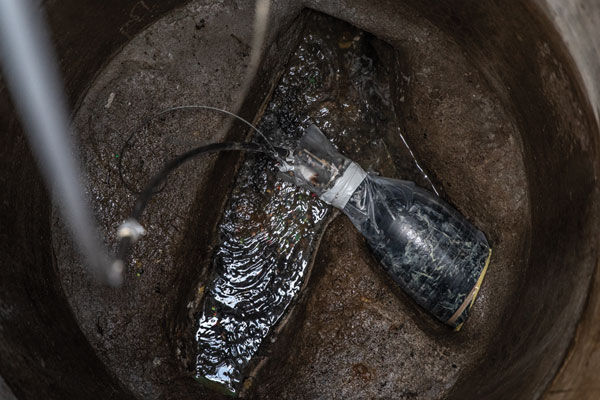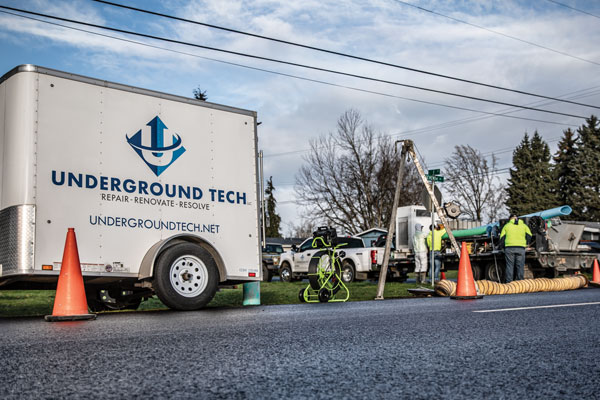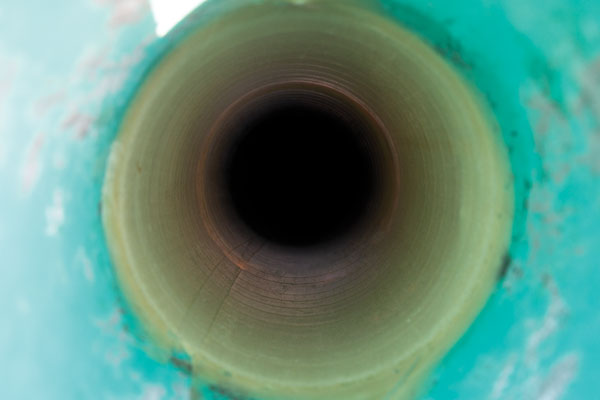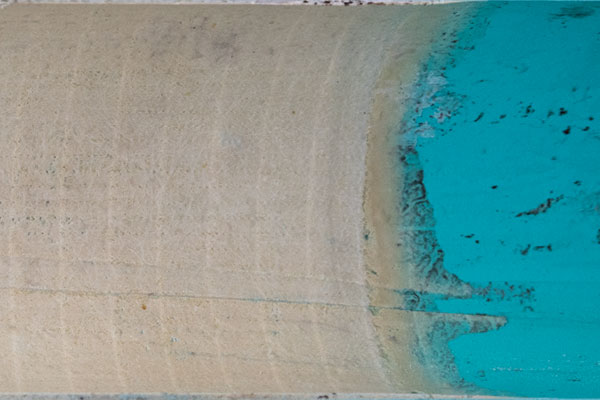MANHOLE REHABILITATION
The rehabilitation process begins with preparing and cleaning the surface of the structure, usually by means of high pressure water. After cleaning, active leaks are stopped, specially designed mortar is applied using a shot-crete nozzle or centrifugally using the Mainstay Mortar Spinner. While the mortar is still soft, epoxy is applied. The simultaneous applications of the mortar and epoxy results in a monolithic bond that is extremely resistant to corrosion.
There is no wait time for the mortar to cure after it is applied to the manhole because the epoxy topcoat is applied while the mortar is still soft. Therefore, the manhole rehab system can be installed quickly, and deteriorated manholes and other structures can be repaired and put back into service in a single day. This reduces labor costs and saves time. The need to mobilize twice is also eliminated due to the concurrent application of the cement mortar and epoxy coating.
This system is also specifically designed for use in moisture laden environments. Surfaces in manholes and lift stations are often continuously damp, making it nearly impossible to apply a protective coating alone. Cementitious products used in the Mainstay Composite Liner are properly applied when the surface of the concrete or brick manhole remains damp, eliminating the tedious task of drying the substrate prior to application.
One main component of the Mainstay Composite Liner is Mainstay ML-72 Sprayable Microsilica Restoration Mortar. It is a high-build restoration mortar that can be applied to vertical manhole surfaces up to 5″ thick, often restoring the manhole substrate to its original thickness. The cured mortar has a compressive strength of 10,000 psi, resulting in a restored manhole that is stronger than the original structure.
Mainstay DS-5 is a 100% solids epoxy coating. This highly corrosion resistant coating contains no solvents and may be applied to the manhole up to .125″ (125 mils) in a single coat.
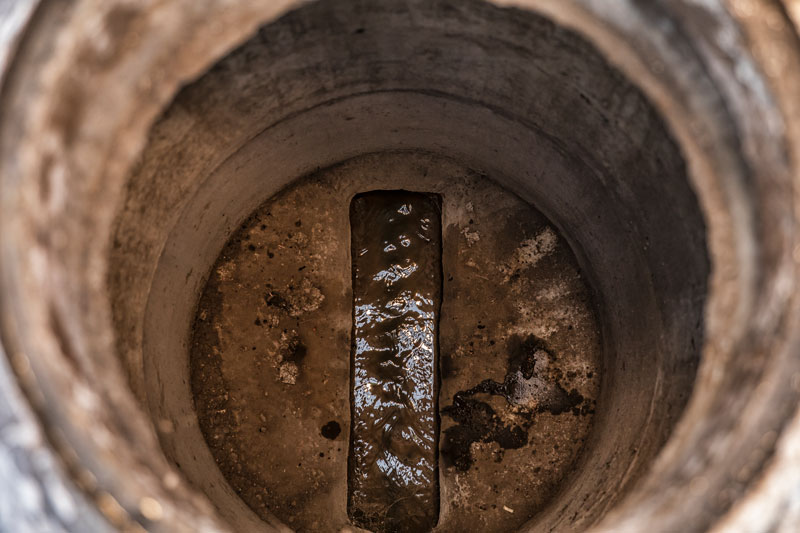
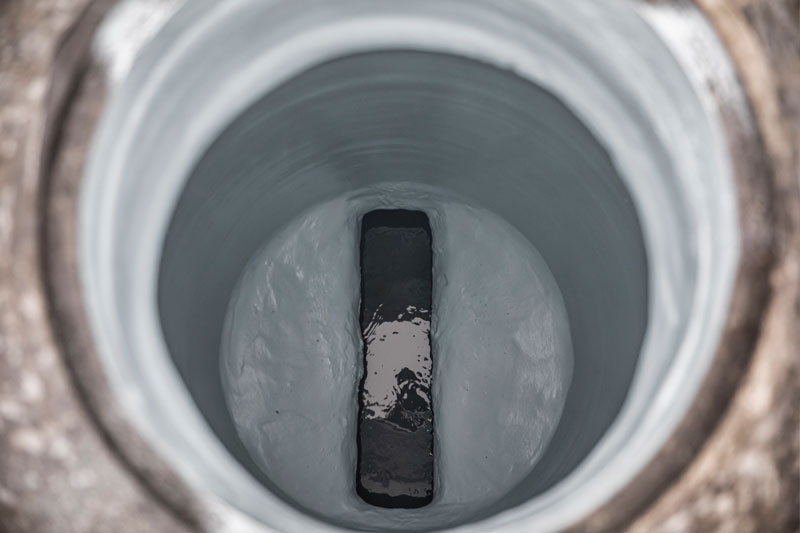
CENTRIFUGALLY-CAST CONCRETE PIPE
Centrifugally-cast concrete pipe (CCCP) successfully restores severely deteriorated large diameter concrete, brick or corrugated metal pipelines of all shapes, types and conditions, including elliptical and arched pipelines. This technology is designed to rehabilitate pipelines ranging from 30″ to 120″ in diameter.
Corrugated Metal Pipe (CMP) has a 20 to 30 year life span which means there is a lot of failing culverts.
Options to repair a failed culvert
– Digging and Replacing is expensive and disruptive
– Slip-lining reduces pipe capacity
– Cured In Place Pipe (CIPP) is expensive
CCCP can rehabilitate pipes greater than 30”, non-round shapes, and bends.
Advantages of CCCP
– Fully Structural Lining Solution
– ML-72 cures up to 10,000 psi compressive strength
– Significant Cost Advantages
– Non-intrusive repair method
TRENCHLESS SPOT REPAIR
Missing sections of pipe, root intrusions and leaking joints in underground sewer lines are often disruptive and costly to repair. Pipepatch is now a great alternative to the usual dig and replace method. PipePatch restores 1 ½”-72” diameter pipes and is a permanent, structural repair. PipePatch improves the flow qualities of the pipe, eliminates infiltration and can be cured in live flow.
PROCESS
1. A jetter is used to clear debris out of the pipeline and a camera is used to determine the excact location of the defect.
2. An epoxy saturated fiberglass mat is then wrapped around an inflatable packer, sent down the line and inflated at the defected area.
3. After the proper cure time the packer is deflated and removed, leaving behind the cured fiberglass repair.
CONTACT US
WANT TO KNOW MORE ABOUT OUR SERVICES? SEND US A MESSAGE.
541-990-2791 | info@undergroundtech.net
